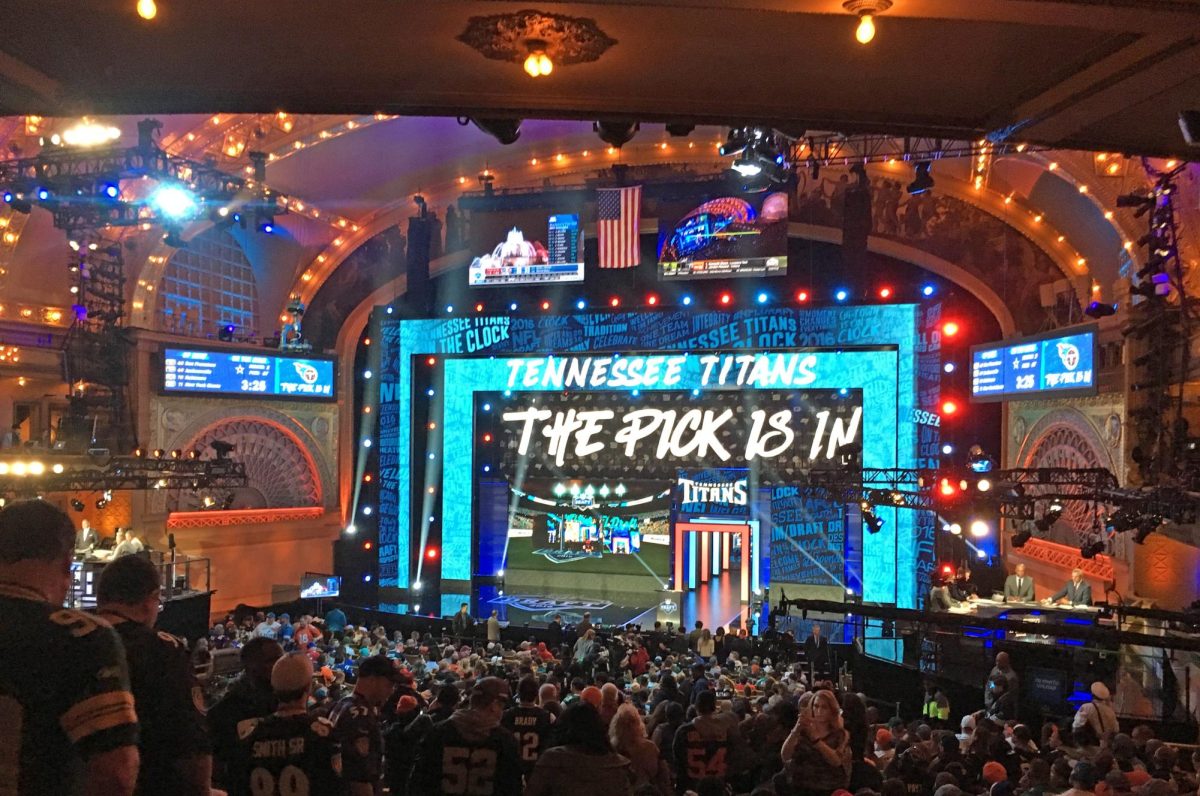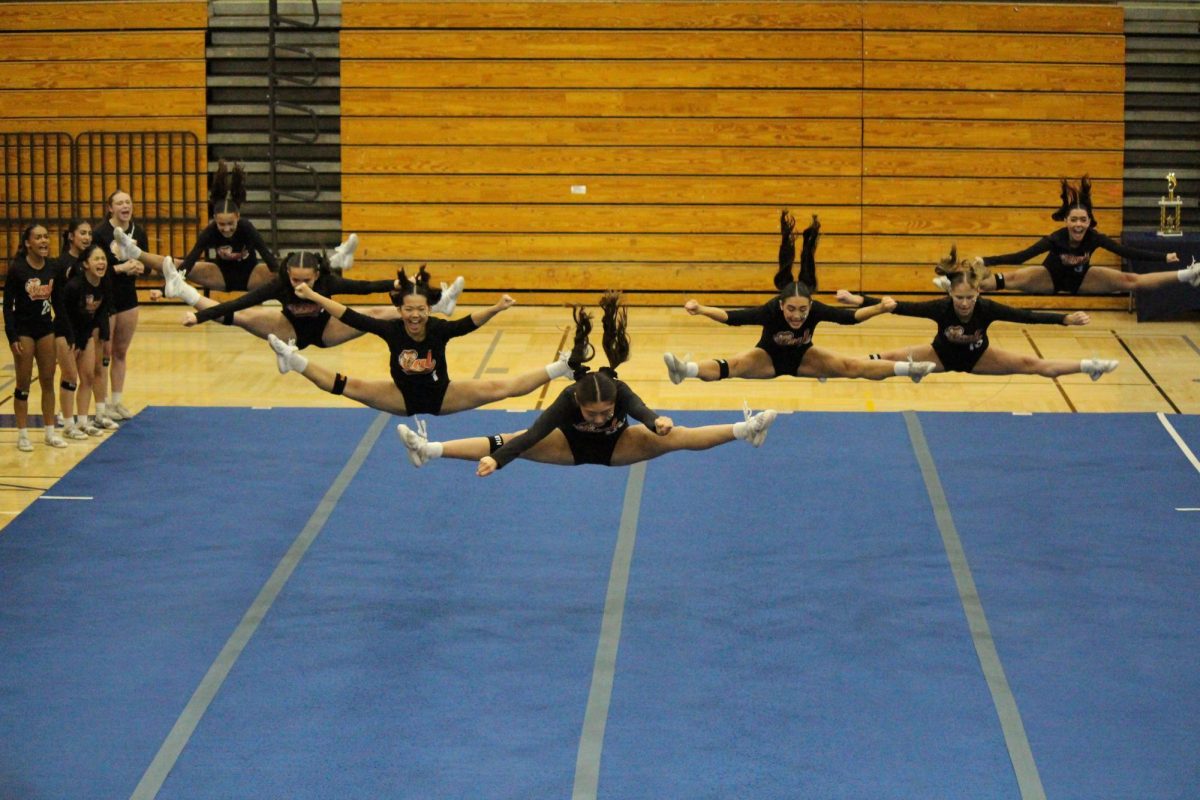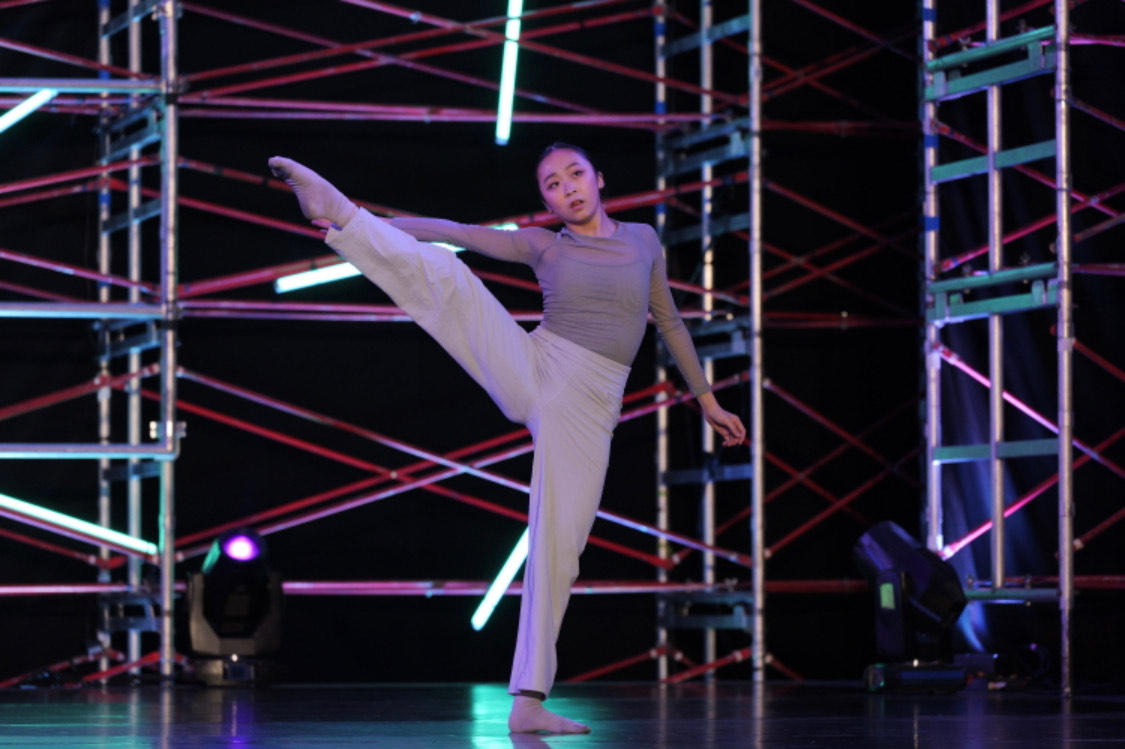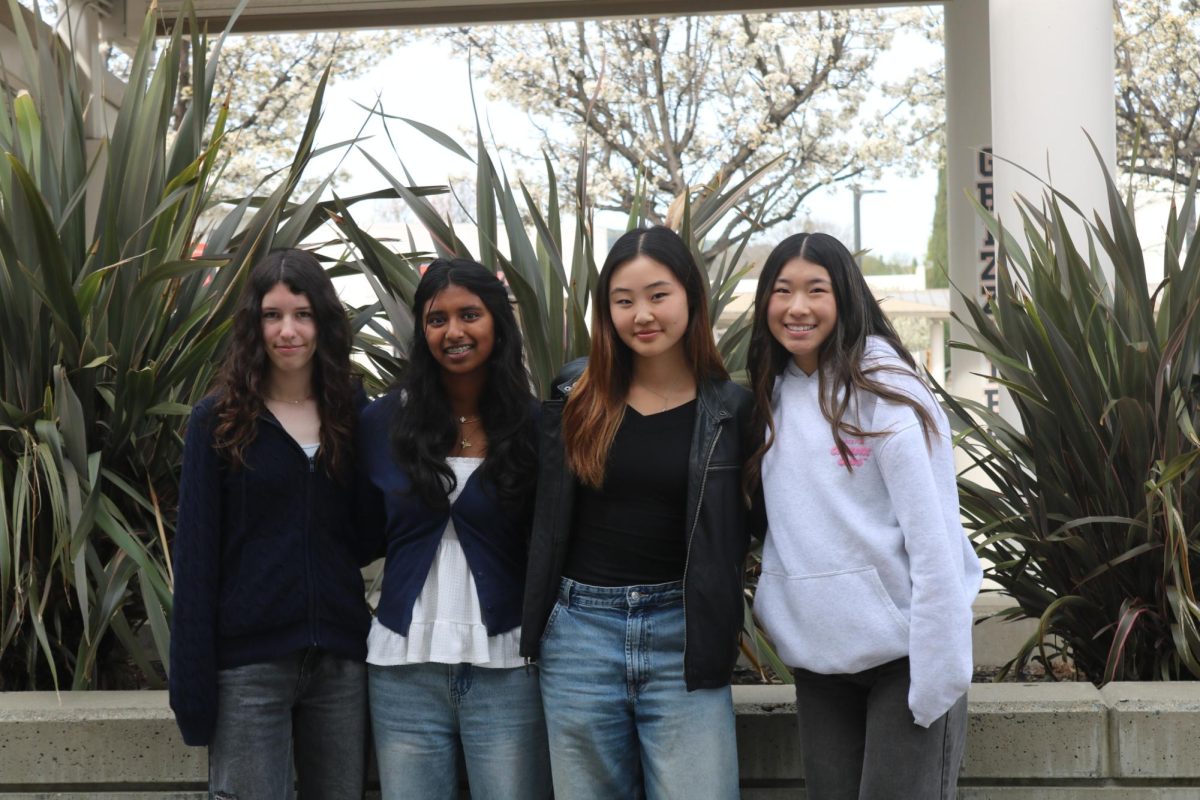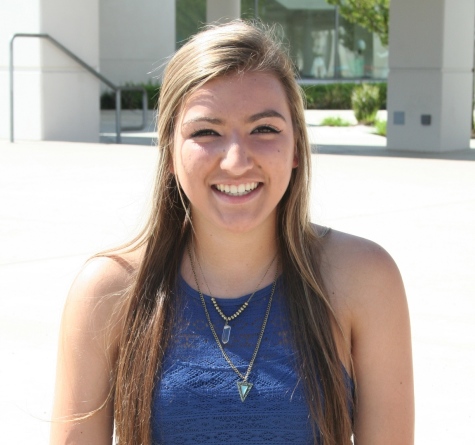Some of the best male soccer players from around the San Francisco Bay Area strive to be part of a competitive, high level team such as the San Jose Earthquakes.
Although the professional team and its youth academy are generally for only boys, Cal High junior Rachel Tungol has been offered a spot to play on one of these all-male teams.
“The biggest surprise to me when joining this team was how aggressive the boys are,” Tungol said. “I wasn’t expecting them to be so aggressive towards me since I am a girl.”
The San Jose Earthquakes have a youth development program, which chooses young players based on their potential to shape into better players. Hopefully, these players stay as a part of the Earthquakes professionally in later years.
Players must try out for this program, and if they are selected for a team, must give full commitment to the academy for the entire year-long season.
The main goal for the Junior Earthquakes Academy is to prepare young boys starting at around age six, for a professional environment, and help them to improve in all aspects of the game.
Tungol’s club soccer coach, Tryo Dayak, is a director for the Earthquake’s academy, and he suggested that Tungol try out. This academy is a huge commitment. In accepting to play for the Earthquakes, players are giving up club soccer and high school soccer.
Players must sign a contract after making under 16 academy team, restricting them from playing other sports or leaving to play for a high school team.
This contract is an allegiance saying that this academy team will become one of the biggest priorities in the players’ life.
“I wish I could go back to high school soccer for my senior year” said Tungol, who played for Cal her freshman and sophomore seasons. “But I don’t really have a choice.”
The academy is currently in a transformation trying to lower the age that boys can start playing, and lower the age to be considered a part of the academy instead of the pre-academy.
Currently, the teams under the age of 15 are only part of the pre-academy, but the Academy is trying to change policy so all teams 14 and older are a part of the actual academy.
Cal High sophomore Davis Bullock, who played for the Earthquakes academy last season, said a typical academy practice is usually two hours. It begins with a 20-minute warm-up, and then moves into technical drills. For the second hour, the players work on possession and shooting.
Of course each practice may change a little bit based on what the coach wants to work on, but for the most part, the practices are pre-planned out.
Tungol describes the differences in play between high school and the Earthquakes as dramatic. She says playing for the Earthquakes is “more challenging, but more fun.”
Another challenge is Tungol’s commute. Her team practices in Tracy two times a week, compared to club or high school teams where players practice locally.
Some of the academy teams also travel all over the county. They compete in nearly all 50 states. against other Major League Soccer (MLS) academies, and even out of the country in places such as Canada, England, and Mexico.
Another aspect of playing for the Academy that is hard for the player is the lack of free time they have to hang out or get a job since the academy does not pay them to play. Some may even say that soccer becomes more of a priority than homework.
Although the academy does involve a lot of commitment, the players get to experience something that most athletes never experience in their lifetime.

